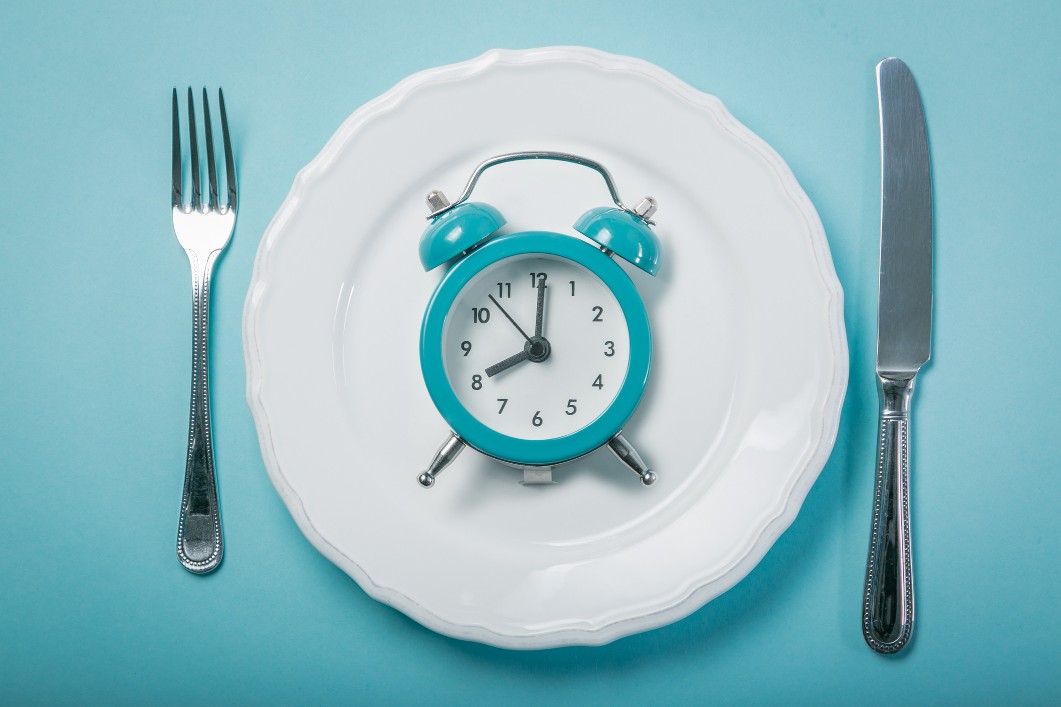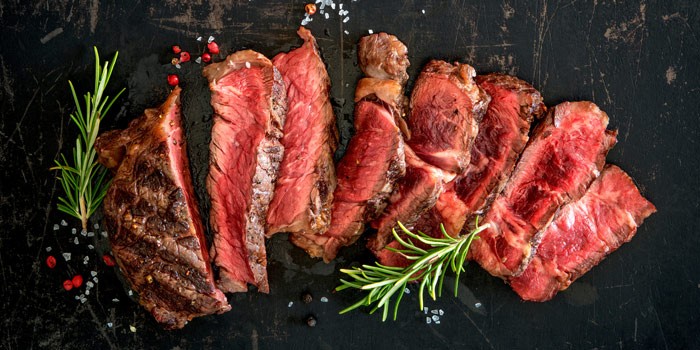Can I lose belly fat just by intermittent fasting?
Every person trying to lose weight will agree that shedding excess fat off the body can be a daunting task.
Whether you’re a fitness freak who wants to maintain a healthy weight or just an overweight human determined to get in shape, you need a diet plan. So, to help you in your arduous weight loss journey here is a complete guide on the best diet plan for rapid weight loss.
Most people swear by intermittent fasting as their ultimate diet plan for rapid weight loss, and several studies support this claim. Intermittent fasting is not only more effective than other diet plans but also promotes several health benefits.
So what is intermittent fasting? How do you do it, and how fast can you expect to lose weight? Read on to find out.

What is intermittent fasting?
Intermittent fasting is more of an eating pattern than an actual diet. It is a dietary strategy where you alternate between cycles of eating and fasting.
By restricting your eating time, you consume lesser calories and allow your body to burn the stored energy leading to weight reduction.
Unless you overeat and compensate for your fasting period, this is a full-proof formula that will yield results quickly.
According to studies, intermittent fasting has shown a far greater weight loss percentage than other dieting methods. Over 3-24 weeks, people have lost up to 8% weight and decreased waist circumference by up to 7%, a significant figure.
Health benefits of intermittent fasting
Besides helping you lose weight, intermittent fasting also brings a host of health benefits. The practice of this dieting method is linked to better insulin sensitivity, reduced inflammation, and anti-aging effects.
According to Cleveland HeartLab, it promotes heart health, lowers bad cholesterol, reduces high blood pressure, and keeps you mentally alert.
Unlike some diet plans, intermittent fasting doesn’t decrease muscle mass, keeping your metabolism in check and making you burn more calories.
Risks and side-effects
But that said, intermittent fasting isn’t without risks. You should give it some thought and assess which approach will work best for you before you jump in.
If you are a healthy individual without any medical conditions, intermittent fasting should be okay. However, folks with any of the following conditions should speak to a health professional before intermittent fasting.
- Anyone with an eating disorder
- Pregnant women or those trying to conceive
- Diabetic
- Those on medication
- People below 18 years
How to do intermittent fasting?
There are various versions of intermittent fasting, but here are the three most popular methods.
The 16:8 Method
This method involves fasting for 16 hours and keeping the eating window limited to 8 hours. For example, if you eat your dinner at 8 p.m., do not eat anything for the next 16 hours, i.e., till noon the next day.
You can drink zero-calorie beverages during the fasting period to keep yourself hydrated. The method may be hard to follow if you exercise in the morning or you are used to breakfast.
But most people can follow this eating pattern, skipping breakfast and fitting two or three meals within the small eating window.
To make the most of your fasting period, eat healthy food. It is best to avoid processed foods or anything else that is dense with calories.
The Warrior Diet
An extreme form of dieting, this method includes a 20-hour fasting window where you can take small portions of raw fruits and vegetables. After an intense fast, you are permitted a 4-hour eating window to eat one large meal.
While this form of diet is effective at losing weight, you need to take nutritious food, especially if you are doing it long-term.
Depriving your body of essential nutrients can adversely affect your health and disrupt your digestive system.
The 5:2 Method
In the 5:2 method, you eat regular meals for five days and fast for two days a week. On the fasting days, women are recommended a diet of 500 calories and men 600 calories. This method of fasting is also called the Fast Diet and is quite popular.
Practicing a Fast Diet requires much perseverance and self-control as you might get hunger pangs on the fasting days. To avoid that, choose low-calorie foods such as proteins or those containing high fiber, so you stay full for a longer time.
The 24-hour Fast Method
Perhaps the most intense dieting method, the 24-hour fast method involves complete 24-hour fasting from food once or twice per week. You avoid solid food for an entire 24-hour although you can take zero-calorie drinks to keep your body hydrated.
It would be best to keep your calorie intake on the eating days consistent with your regular diet.
Remember, you’ll only shed weight if your daily calorie intake is lower than your energy expenditure. If you eat extra after the fasting period, you’ll make up for the lost calories, and you won’t see results at all.
This method can be extremely challenging and may cause fatigue, headache, or irritability. Hence, it is best to limit this type of fasting to once a week. If you have trouble adapting to this fast, you can begin with a 12-hour fast and gradually work up to 24 hours.
Tips for doing intermittent fasting
If you love food, fasting is going to be difficult. So here are a few tips to get you through the painful process of intermittent fasting.
- Plan some activities on your fasting days to distract yourself from food. Watch a movie, sketch, or catch up on paperwork. Staying busy with light activities will keep your mind off food without tiring you.
- Keep stock of fragrant zero-calorie beverages such as floral and herbal teas. Not only do they hydrate, but they soothe and calm your body.
- Count calories and plan your meal ahead of time. Choose nutrient-rich foods that are healthy and voluminous. This way, you will not starve, and your weight-loss efforts will not turn counter-productive to your health.
Effectively cutting weight should help you reap multiple health benefits, including a longer life span. And with these tips, you’ll safely tide through a rapid weight loss journey.




